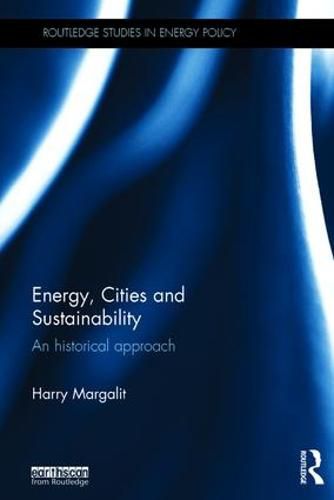Readings Newsletter
Become a Readings Member to make your shopping experience even easier.
Sign in or sign up for free!
You’re not far away from qualifying for FREE standard shipping within Australia
You’ve qualified for FREE standard shipping within Australia
The cart is loading…






According to some estimates, humanity has now passed the point at which city dwellers outnumber country dwellers. This simple fact encapsulates a multitude of historical trends and contentions, not the least being is this sustainable ?
Energy, Cities and Sustainability aims to illuminate this question by tracing the evolution of the modern city, the energy sources that power it and the motivations behind increasing urbanisation. The book examines changing energy use across history, analysing the origins and significance of the Industrial Revolution to reveal how the modern city came into being. Transport, population size, housing, electricity use and growing consumption are each discussed, showing how the cultural aspects of energy use have influenced urban form in the developed world and developing countries. Finally, in contemplating the future, it is considered whether this model of modern urban life is sustainable.
This book is a valuable resource for researchers, academics and policy-makers in the areas of planning, energy policy and environment and sustainability.
$9.00 standard shipping within Australia
FREE standard shipping within Australia for orders over $100.00
Express & International shipping calculated at checkout
According to some estimates, humanity has now passed the point at which city dwellers outnumber country dwellers. This simple fact encapsulates a multitude of historical trends and contentions, not the least being is this sustainable ?
Energy, Cities and Sustainability aims to illuminate this question by tracing the evolution of the modern city, the energy sources that power it and the motivations behind increasing urbanisation. The book examines changing energy use across history, analysing the origins and significance of the Industrial Revolution to reveal how the modern city came into being. Transport, population size, housing, electricity use and growing consumption are each discussed, showing how the cultural aspects of energy use have influenced urban form in the developed world and developing countries. Finally, in contemplating the future, it is considered whether this model of modern urban life is sustainable.
This book is a valuable resource for researchers, academics and policy-makers in the areas of planning, energy policy and environment and sustainability.